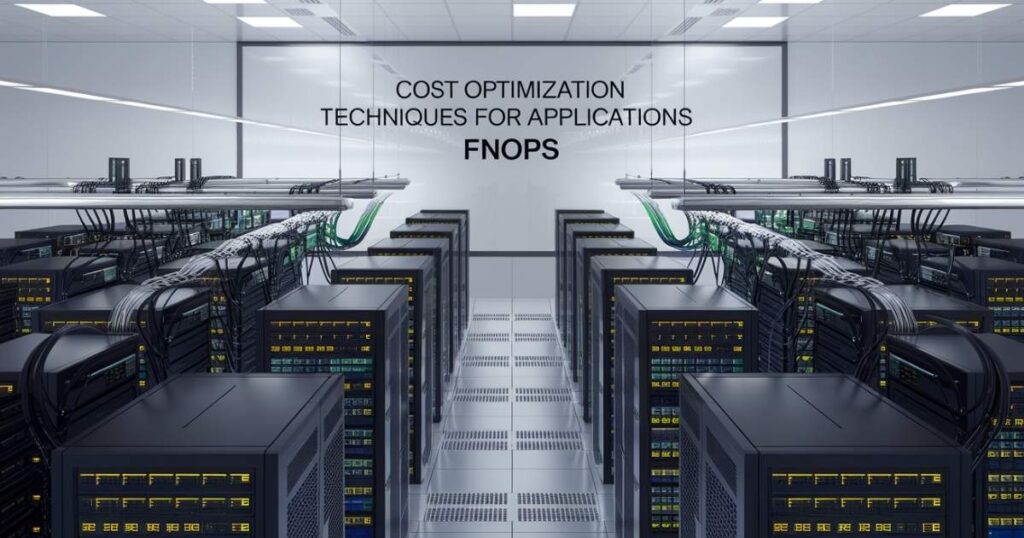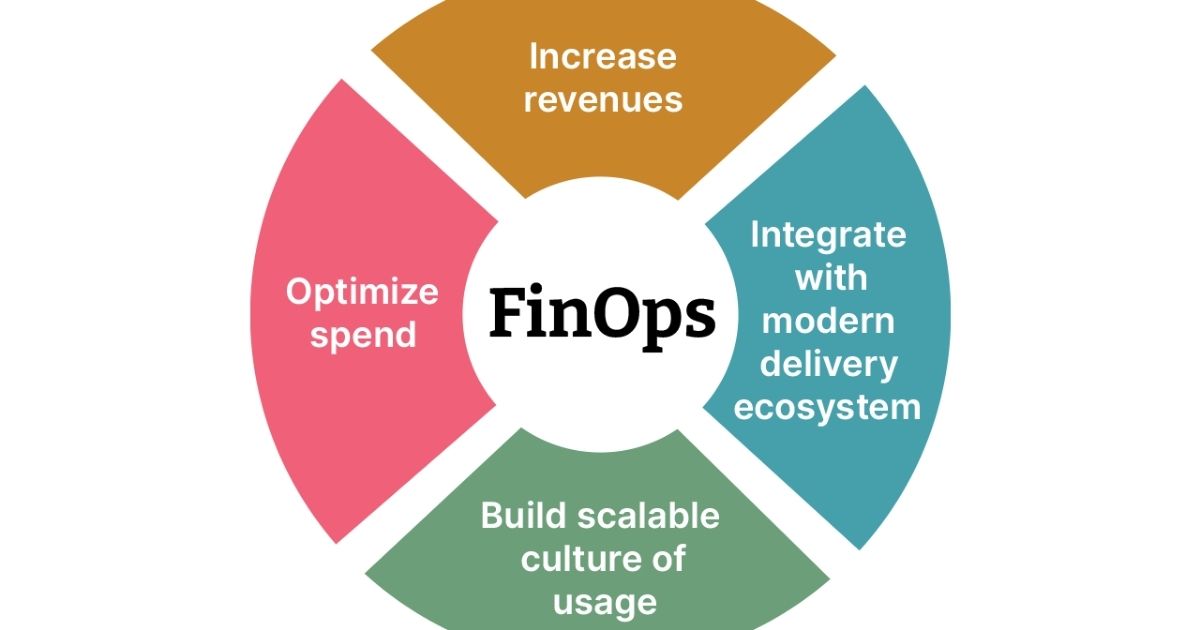Shifting Left FinOps is a game-changer for businesses looking to speed up innovation. It’s all about thinking about costs early in your projects, not just at the end. This approach helps companies save money and work smarter.
By considering expenses from the start, teams can make better choices about how to build and run their cloud systems. It’s not just about cutting costs, though. It’s about using money wisely to create new and exciting products faster.
Companies that use this method often see big savings and can bring new ideas to market quicker. In today’s fast-paced tech world, that’s a huge advantage. Shifting Left FinOps is a smart way to stay ahead of the competition.
Understanding FinOps
FinOps, short for Financial Operations, is changing how we think about money in tech. It’s not just about cutting costs. It’s about making smart choices that help your business grow. FinOps brings together your tech and finance teams, creating a shared language for cloud-native applications.
In the past, finance and tech often worked in silos. Now, FinOps is breaking down those walls. It’s helping companies make faster, smarter decisions about their cloud environments. This new approach is key to staying competitive in our fast-paced digital world.
The Role of FinOps in Accelerating Innovation
FinOps isn’t just about saving money. It’s about freeing up resources so you can innovate faster. When you understand your costs, you can make better choices about where to invest. This leads to quicker development and a stronger competitive edge.
Take Netflix, for example. They used FinOps principles to optimize their cloud usage. This allowed them to invest more in creating original content. The result? They stayed ahead of the competition and kept viewers hooked. That’s the power of FinOps in action.
What Does “Shifting Left” Mean in FinOps?
“Shifting Left” in FinOps means thinking about costs earlier in your development lifecycle. Instead of worrying about money after you’ve built something, you consider it from the start. This approach can lead to big savings and smoother projects.
Imagine you’re building a house. You wouldn’t wait until it’s finished to think about the cost of materials. The same goes for cloud-native applications. By considering costs early, you can make smarter choices about your architecture and resources. This leads to more efficient, cost-effective solutions.
Building and Refining the Cost Model
Creating a cost model is like drawing a financial map for your cloud journey. It helps you understand where your money’s going and where you might be overspending. Start by listing all your cloud resources and their costs. Use tools like AWS Cost Explorer or Google Cloud’s Cost Management to get detailed insights.
But remember, the cloud is always changing, and so should your cost model. Make it a habit to review and update your model regularly. This way, you’ll always have an accurate picture of your spending. It’s not a one-time task, but an ongoing process that’ll help you make smarter financial decisions in the long run.
Read More : Accelerate Innovation by Shifting Left FinOps, Part 3
Cost Optimization Techniques for Infrastructure
When it comes to infrastructure optimization, there are several strategies you can use. First, right-size your resources. Many companies overprovision, leading to wasted spend. Use tools like AWS Trusted Advisor to identify underutilized resources.
Next, consider using spot instances for non-critical workloads. These can offer significant savings compared to on-demand instances. For example, you might use spot instances for batch processing jobs that can handle interruptions. Just be sure to have a fallback plan in case your spot instances are reclaimed.
Cost Optimization Techniques for Applications

Optimizing your application components can lead to big savings. Consider using containerization and microservices architecture. This approach can make your applications more scalable and easier to manage. It can also help you use resources more efficiently.
Another strategy is to use serverless computing where appropriate. Services like AWS Lambda or Google Cloud Functions can help you save on compute costs. You only pay for the exact amount of compute time you use. This can be especially useful for applications with variable or unpredictable workloads.
Cost Optimization Techniques for Data
Data optimization is crucial for managing costs in the cloud. Start by implementing a data lifecycle management strategy. Not all data needs to be instantly accessible. Move older, less frequently accessed data to cheaper storage tiers.
Consider optimizing your database usage too. For example, you might use Amazon DynamoDB for high-speed, low-latency applications, and shift to Amazon S3 for long-term storage of large datasets. Always choose the right tool for the job to balance performance and cost.
What Are the Tangible Benefits of Shifting Left in FinOps?
Shifting Left in FinOps can bring significant benefits. Many companies report cost savings of 20-30% after implementing FinOps practices. But it’s not just about saving money. It’s about using your resources more effectively.
Companies that adopt ShiftLeft FinOps often see faster time-to-market for new features. When teams understand the financial impact of their decisions, they can make choices that balance innovation and cost. This leads to more sustainable growth and a stronger competitive position.
Why Should Businesses Care About Accelerating Innovation Through FinOps?
In today’s fast-paced market, innovation isn’t just nice to have it’s essential for survival. FinOps helps businesses innovate smarter by balancing cost and value. It’s about making every dollar count towards pushing your company forward.
FinOps creates a culture of financial awareness that spans your entire organization. This mindset helps teams make better decisions, leading to faster, more cost-effective innovation. In the long run, this approach can give your business a serious edge over competitors who aren’t as financially savvy.
Conclusion
Shifting Left in FinOps is more than a trend. It’s a powerful strategy for accelerating innovation while maintaining financial accountability. By considering costs early in your development process, you can make smarter decisions about your cloud-native applications.
Remember, implementing FinOps is a journey, not a destination. Start small, learn from your experiences, and continuously refine your approach. With time and effort, you’ll find the right balance between innovation and cost management. This balance is the key to thriving in our technology-driven world.

With three years of experience in website development, I share the latest in technology on my blog, [TechTimy]. Join me for insights, trends, and updates in the tech world.



